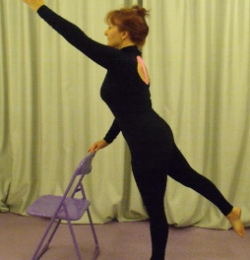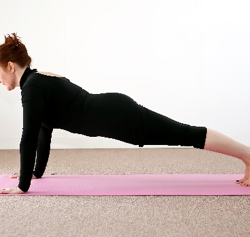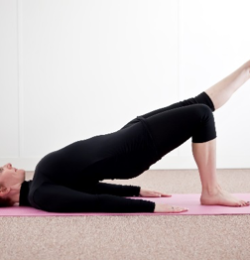Class handout 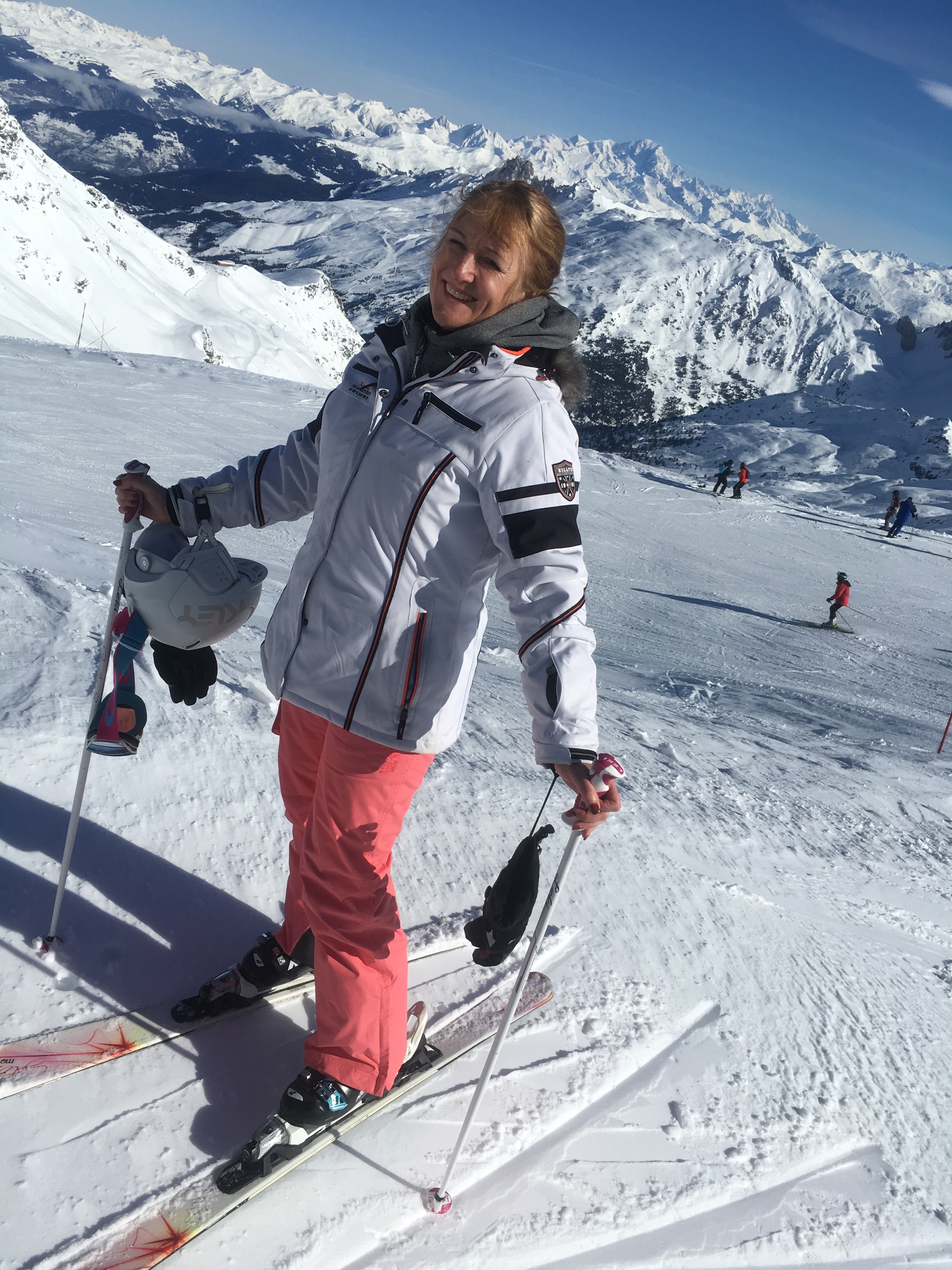
By Jo Everill-Taylor, Drummond Pilates lead & Director of Better Body Training Limited & Hatch.
So I suspect you think I’m now going to suggest a range of exercises that will help improve your skiing? Well, actually, I thought I’d take a different look at how the Pilates Method can affect your skiing (ok then I will do a quick round up of exercises at the end!) I’m a keen skier- this is quite a surprise to me as I don’t like the cold at all (I have Raynauds Syndrome so have to use heated gloves and socks to be out on the slopes for any length of time) but I ADORE being in the mountains. Stunning scenery, clear air and the challenge of making it down a slope. It isn’t too late yet to get a spring trip in!
On our Level 3 Pilates courses we introduce everyone to the 6 Principles of the Pilates Method. Recently on our new Level 4 course advanced certificate in instructing mat Pilates, we discussed how these Pilates Principles can be transferred to all your activities and training modalities. Whilst sitting on a ski-lift this week I was pondering this and how genius the Principles are
Breath:
Ok I know you can all breath but in Pilates we focus on what is called a Lateral Thoracic Breath which is to encourage a full turnover of breath with very little residual volume hence full oxygenation and supply for your working muscles. This is particularly important when you are working at high altitude and need to optimise your oxygen supply whilst working hard to get down a slope.
Skiing can really push you to the edge of your comfort zone and it is really easy to hold your breath when you are stressed coming down a challenging slope. But holding your breath will not do you any favours and indeed getting control of your breathing patterns will really help you with your performance.
Which leads us to the next Principle Centering
Centering:
When you think of skiing you probably think of having great balance. But you will only achieve that with a strong centre. In Pilates the idea of centering includes the inner unit ( what we commonly refer to as core) plus the connections through the torso to aid stability and to give a strong stable base from which limb movements radiate and can be controlled.
But let’s not forget the impact of breath on your centre:
- Think of how your intra-abdominal pressure can give you lumbar stability.
- Think about how your fascial connections between diaphragm and iliopsoas impact on the transference of load in the torso.
These are things that I certainly need to help me ski! They will help lead me onto a vital element of skiing and our next Pilates Principle- Control
Control:
So, on the slopes I often see people who are hurtling down with no control at all. They think it is acceptable to just go as fast as possible and hope for the best. Now as a Pilates instructor I am a control freak, but also, I do not want to come home injured! I strive to improve my skiing each year and this means working on my control.
This can only come with the combination of breath and centre. It is also tied into our neurological learning- so training the nervous system to respond to the stimuli that we are presenting in this beautiful white mountainside. I can then work on how I transfer the load through my feet, where my centre of balance is sitting ( so no leaning back in challenging conditions!) and how I can adapt to the changes of terrain on each slope. Oh, and doing all this whilst staying relaxed and breathing!
All this is only possible with our next Pilates Principle: full concentration
Concentration:
Joseph Pilates maintained that “If you bring full attention to the exercise and do it with full commitment, you will obtain maximum value from each movement.”
We are working in the moment using deliberate movements that the mind is controlling. For me this is why it can sometimes be both relaxing and tiring. I can’t focus on anything else but my skiing- no work worries! This also frees up my mind from all those external worries for a while and this can be very liberating.
I love this in relation to my skiing. It can be seen as quite a dangerous sport and so deserves your full concentration. But also brings calm and feelings of achievement.
Put this concentration together with our previous Principles and we move forward into Precision.
Precision:
“In Pilates, awareness is sustained throughout each movement. There is an appropriate placement, alignment relative to other body parts, and trajectory for each part of the body.”
Well this sounds just like my instructor would say. For me it’s all about getting my turns even, not flinging my arms around wildly as if I’m trying to fly! ( you can tell I’m a pro on the slopes!!).
Flow:
“Pilates exercise is done in a flowing manner. Fluidity, grace, and ease are goals applied to all exercises. The energy of an exercise connects all body parts and flows through the body in an even way.”
So, this is what we are always trying to achieve on the slopes. My husband Paul, comes off the slopes beaming with happiness when he gets all the elements to come together and can do beautiful, graceful arcs down a slope. Your skis flow beneath you with minimal attention, your balance is perfect and body perfectly responding to the terrain. The perfect combination of all the Principles.
So next time you take to the slopes consider the Pilates Principles- work out where your weaknesses lie and try to improve on those.
Let me know when you get that flow! Have fun!!
Here’s a roundup of some great Pilates Exercises to help improve your skiing experience:
Pre-Holiday Training
Pre-Skiing Warm Up
| Stand-in Roll Down | Standing Quad Stretch | Standing Rotations |
 | 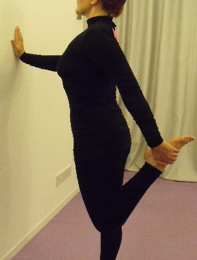 | 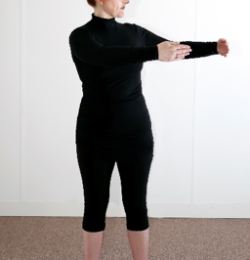 |
| QL Release-hip glides | Standing Calf Stretches | Monkey Squats |
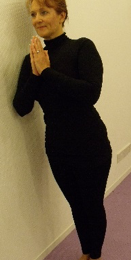 |  | 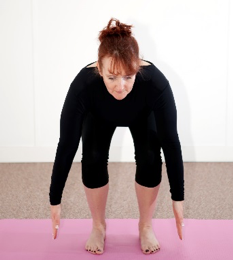 |
Post- Skiing Recovery
Roller the quads, calves and then stretch:
Calf foam roller
Quad foam roller
Stretch the quads, calves, glutes, chest, tricep & general all over body stretch
Now treat yourself to a warm bath!!
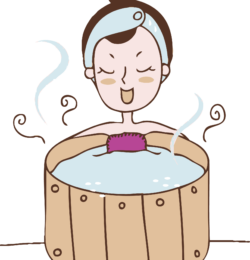
Are you interested in teaching Pilates? Why not book your place today on one of our Pilates courses here


